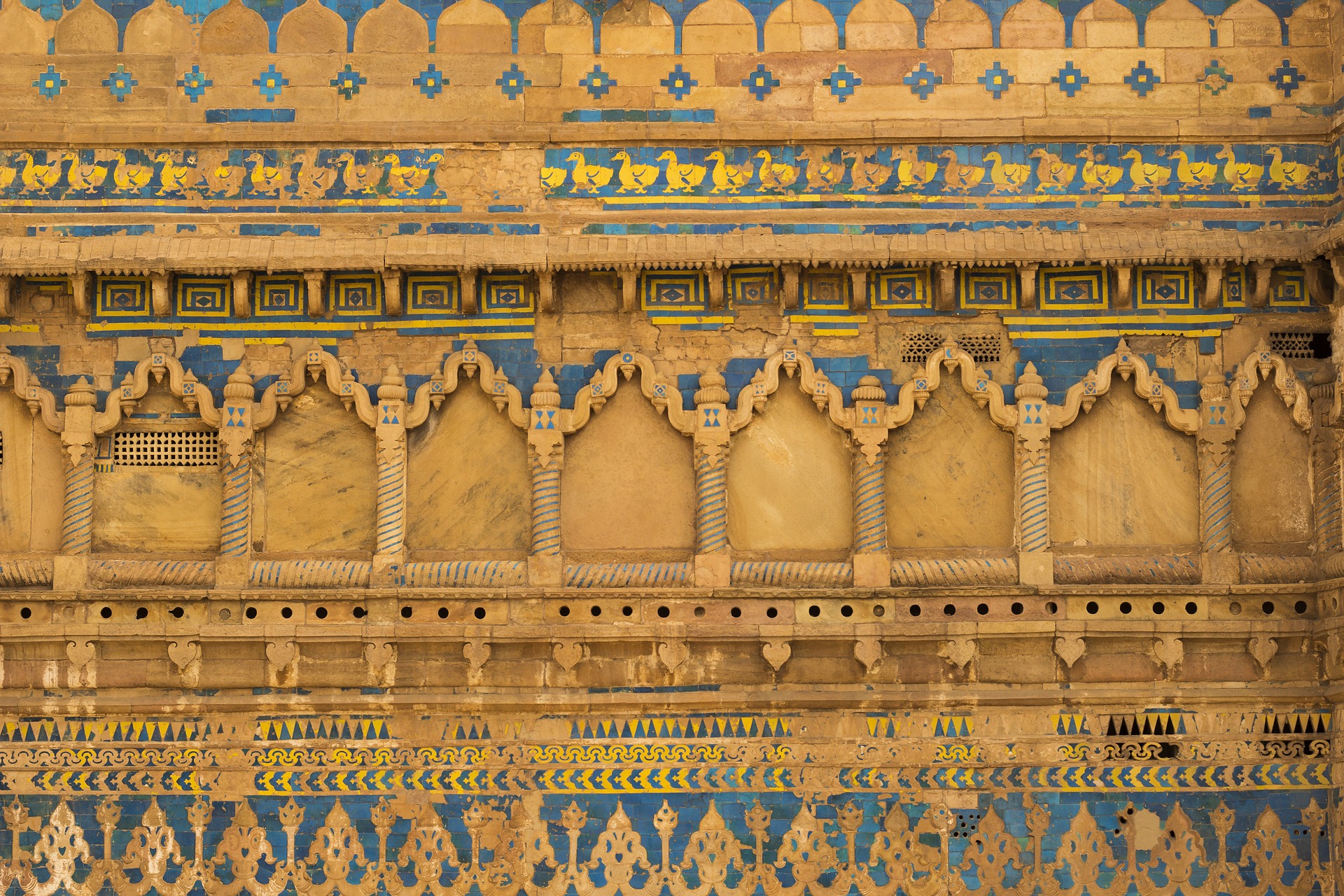Gwalior and Orchha – two cities from Madhya Pradesh, are cities of historical importance.
Gwalior, which was established in the 9th century, has many palaces, forts, and memorials. It was ruled by the Scindia family for many generations. It is an important city in Madhya Pradesh, and has been selected in the Smart Cities program of Government of India.
Orchha was the capital of the Bundela Kingdom in the 16th century. It is popular for its temples and palaces.
Growing population and demands of urbanisation make it hard for all historical cities to preserve their legacy and still meet the needs of the population and the times.
The United Nations Educational, Scientific, and Cultural Organization (UNESCO), an agency of the United Nations, aims to promote world peace and security through international co-operation in education, science, and culture.
The UNESCO Cluster Office New Delhi will work with the Department of Tourism of the Madhya Pradesh to adopt the approach of the UNESCO 2011 Recommendation on the Historic Urban Landscape (HUL Recommendation) in the urban planning of the cities of Gwalior and Orchha.
The architecture of Orchha and the rest of Madhya Pradesh is very unique. As you can see, the temple has a dome structure, but also 4 minaret like structures on the 4 corners. This amalgamation (coming together) of two different architecture styles is very interesting.
Why is UNESCO doing this?
Taking advantage of cultural heritage while doing urban planning for smart cities
The architecture and old town planning of historical cities has some advantages. These are neither considered, nor integrated by most governments when trying to develop a smart city initiative in that city.
This means that some resources and advantages that we have, we don’t use.
When we plan such that we are able to use the advantages of the historical structures and town planning, we will be able to create something that uses all of our best advantages.
Imagine a city plan for Delhi without thinking of the Red Fort! or a Smart City plan for Agra without accounting for the Taj Mahal!

To not lose the tourism and religious revenue
Both Gwalior and Orchha get a lot of revenue from tourists who come here, either to see the historical buildings, or for the temples that are here.
Do we want to lose that revenue by not taking care of the historical structures and keeping a place for them in the future of the city?
No, we do not!: )

What is the UNESCO Historic Urban Landscape (HUL) Recommendation?
On 10th November, 2011, at the 36th Session of the General Conference of UNESCO, the HUL recommendations were adopted. The idea was to create a way by which historical cities can co-exist with the needs of development.
An update to these recommendations was last made in 2015.
You can read all about the recommendations, update to them, the tools, case studies, and implementation, at the link above.
What exactly will happen as a part of this project?
According to this post on the newsletter of UNESCO India, the UNESCO Cluster Office in New Delhi will work with the Ministry of Tourism, Madhya Pradesh, to adopt the approach of the HUL Recommendation in the urban planning of the cities of Gwalior and Orchha.
This will be the first case of its kind for India.
To quote the newsletter:
Proposed over 48 weeks, the Project aims to produce a set of recommendations to be taken into account in the urban development planning of Gwalior and Orchha. UNESCO New Delhi will offer the training and technical expertise critical to the local implementation of the HUL Recommendation approach. The project will also involve multi-level engagement between experts, urban local bodies, civic authorities and stakeholders in the community to develop long-term partnerships, awareness and relationships between cultural heritage conservation, and sustainable development.
What this means
UNESCO experts will work with Madhya Pradesh government to ensure that the city planning of these two cities is as per the HUL guidelines. This will help UNESCO create a model where other cities can also benefit. For India, which has a lot of historical cities with modern needs, this will be the first ever time that an international organisation provides the expertise to realise the dream of historic urban landscape becoming an integral, planned part of a modern city.
Experts from UNESCO will provide their inputs on how to make this happen.
48 weeks is a little less than 12 months.
If this model works, it can also be adopted by and for other cities – in India, and in the rest of Asia.
And finally, the error that was
In perhaps a misunderstanding, someone published that Gwalior and Orchha have been added to the UNESCO World Heritage Cities List.
The news was big, so it was quickly picked up and reported widely.
Since it was from official Twitter handle of the government, we reported this news too.
But later today, we decided to check for the other sites that have been announced in this list. You see, the Heritage Cities List is not announced for just one country. It is usually announced for many countries at one go.
But on the UN Heritage Cities List, we found no mention of Gwalior and Orchha.
Thinking that this was perhaps a matter of time, we looked at the UNESCO Press Releases. Nope. Nothing.
This led to some frenzied fact checking by all of us at TCP, and we discovered that this was a project. The formal update to the Heritage Cities List is not due until 2021. And while many Indian cities are strong contenders, a confirmation is a few months away.
We hope, very soon, to report that Gwalior and Orchha have, in fact, made it to the list. 





